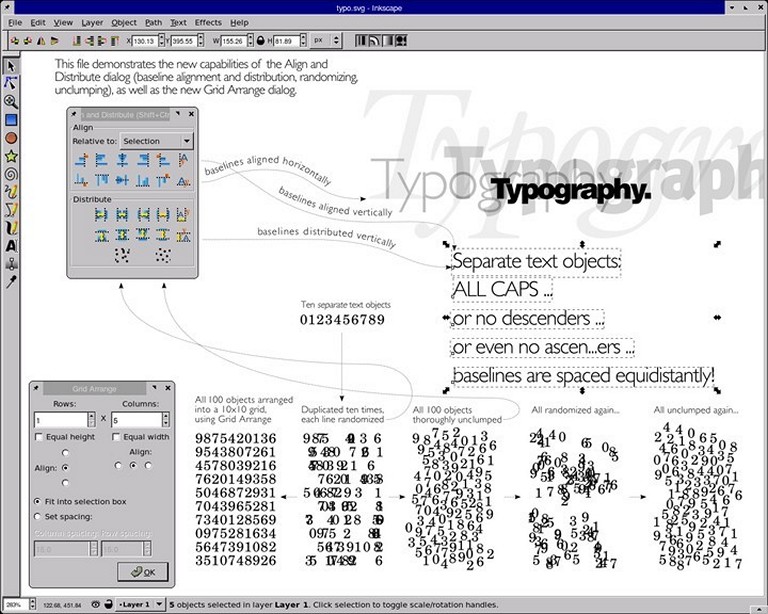
Good news too, is that all prevalent web browsers, both desktop and mobile, support SVG rendering. Small file size is a benefit when creating art for the web because smaller files upload and download more quickly. The primary file format Inkscape uses is the widely supported Scalable Vector Graphic (SVG), a cross-platform, open file format that can produce lossless, relatively compact files, especially compared with bitmaps. (Opens in a new window) Read Our Adobe Photoshop Review Despite having been in continuous development since 2003, Inkscape is still technically pre-release software at version 0.92.4 version 1 is currently in alpha, but only on Linux. If you are not a coder, fear not-you can still join in the fun and use the software. In fact, Inkscape encourages its robust community to devise and code function-enhancing extensions and add-ons, as well as to debug glitches. Inkscape is open-source software, which means that while the authors retain copyright, they have released the source code so that the public can further the program's development collaboratively. However, expect a learning (or unlearning) curve if you are accustomed to working in mainstream products like CorelDRAW and Adobe Illustrator. If you are a PC-based illustrator, a designer who is subscription-averse, or you're unable to invest in expensive software packages, then Inkscape might be for you. Inkscape is a vector graphics creation and editing application that's free to download and use on not only Windows and Mac, but also on GNU/Linux operating systems.



 0 kommentar(er)
0 kommentar(er)
